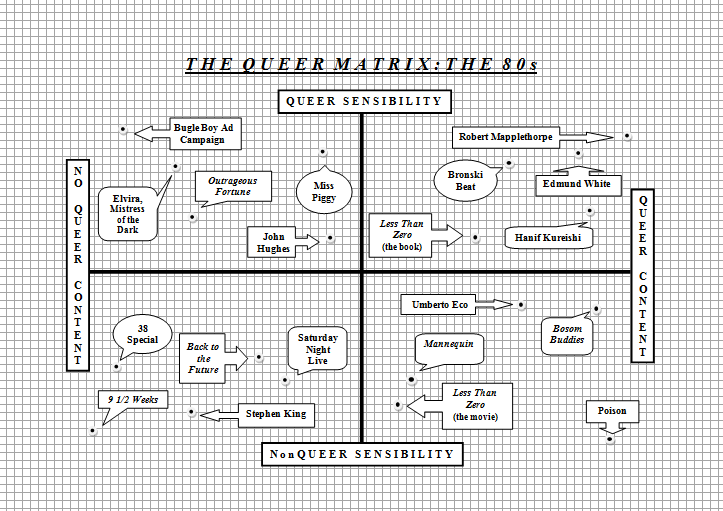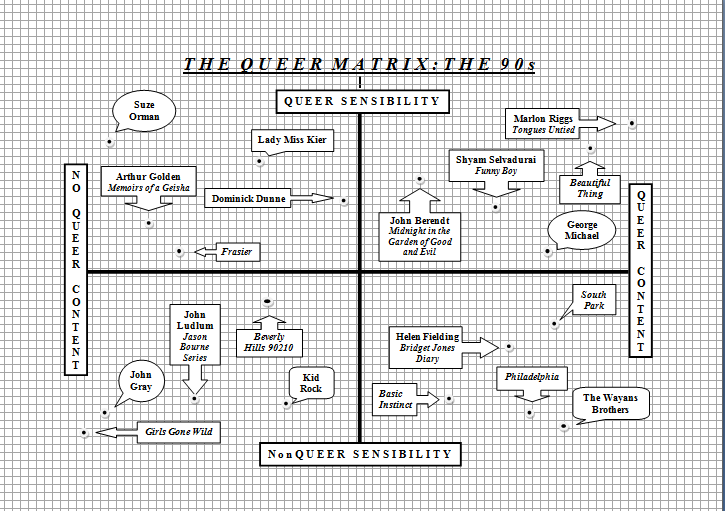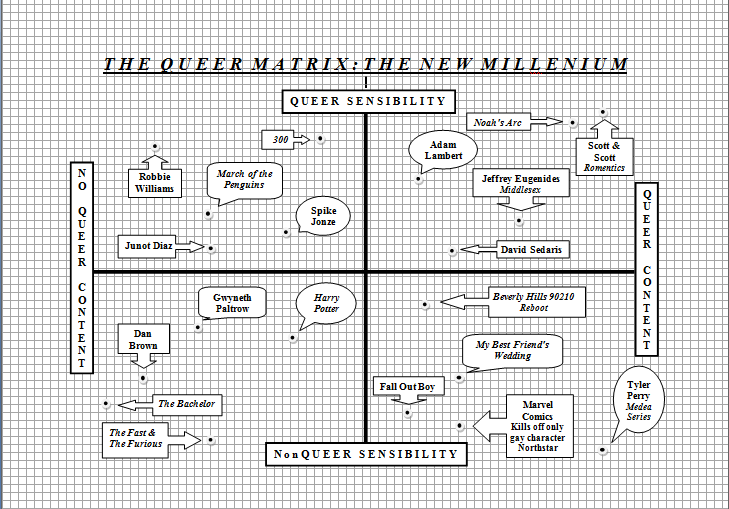It’s that time of year when people proclaim the best books of 2011. I’m not exactly a trusty resource for new releases, since I’m perennially catching up on my reading and researching historical fantasy primarily.
But I do have my opinions, and – not surprisingly – they don’t jibe with the New York Times recent 100 Notable Books of 2011. (I haven’t read any of them, gulp).
I can also sadly report that my reading productivity plunged terribly this year. In 2010, I read twenty-six books. This year, with only about a month to go, I’ve read thirteen. I blame my iPhone and Twitter, the biggest time-sucks while I’m commuting back and forth to work.
Of the thirteen books I’ve read this year, only two were new releases. And one of those, Neil Gaiman’s AMERICAN GODS, was a ten-year anniversary re-publication. Eek!
So, here goes what I got around to read that was fairly new, and that I highly recommend.
Annabel Lyon’s THE GOLDEN MEAN
It came out in 2009. I picked it up in January 2011. This is my all-time favorite ancient world historical. It tells the story of Aristotle’s tutoring of young Alexander the Great, and it’s a fascinating portrayal of how the philosopher’s rational and ethical teachings may have influenced the greatest military general of all time. For the intimidated: THE GOLDEN MEAN is not all philosophical and heady stuff. It deals with complex family relationships, the cruelty of childhood, and issues of mental disability and illness – all set within a vivid ancient world.
Neil Gaiman’s AMERICAN GODS
Soon to be an HBO mini-series, AMERICAN GODS is a funny, epic, engrossing adventure in which a down-on-his-luck ex-con gets caught up in a battle between old world gods and the idols of modern times (i.e. materialism, the media). It’s filled with great retold parables with contemporary twists.
Gabrielle Burton’s IMPATIENT WITH DESIRE
Imagining the diary of Tamsen Donner, Burton illuminates the infamous story of 19th century American pioneering gone horribly wrong. Tamsen comes to life as an early feminist faced with impossible choices. This one is really, truly a 2011 release.
Now for a couple excellent books I read in 2011, just a few decades behind the times…
Shyam Selvadurai’s FUNNY BOY
FUNNY BOY (1997) is a semi-autobiographical story about growing up in Sri Lanka amidst the rising ethnic tensions – Sinhalese vs. Tamil — of the 1970’s and early 80’s. A compelling gay coming-of-age story within a rich cultural setting.
Ursula LeGuin’s LEFT HAND OF DARKNESS (1969)
Setting aside some sexist and heterosexist undertones, forgiveable for the time of its publication, this book fascinated me. The premise: a male, human envoy visits a distant world where there is only one gender, that is essentially hermaphroditic. The book has provocative things to say about sexuality, and politics.




